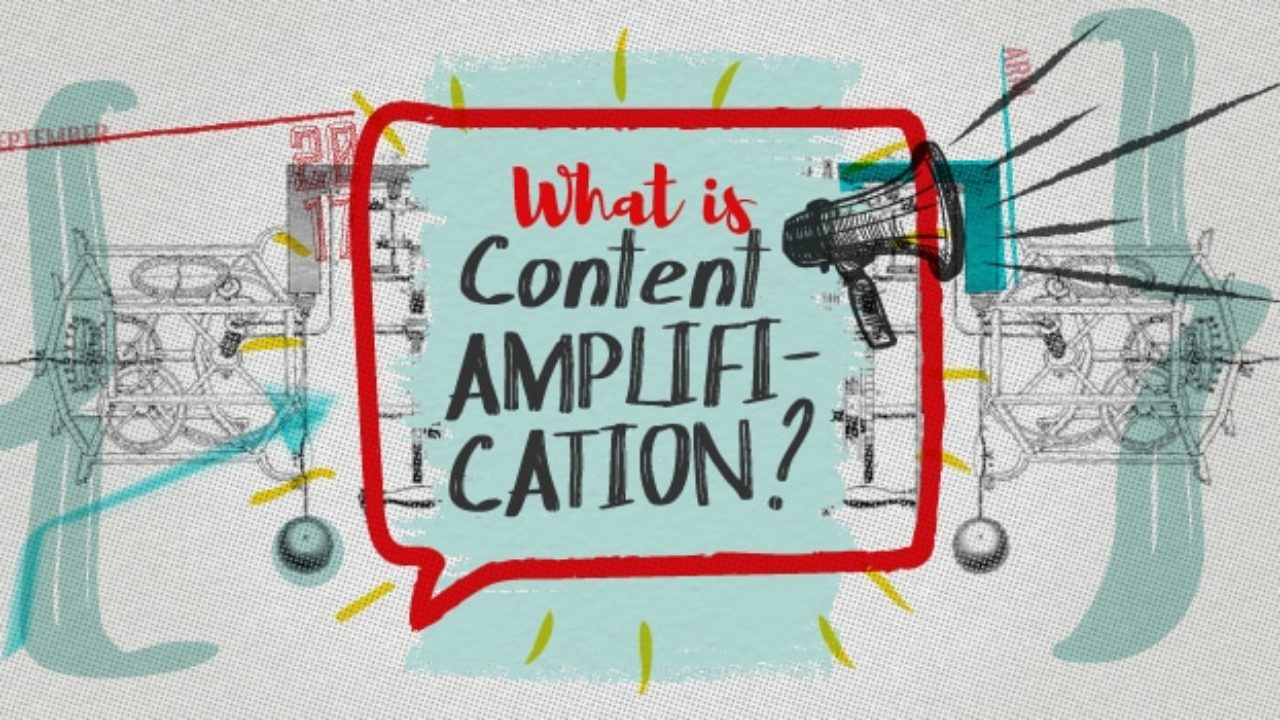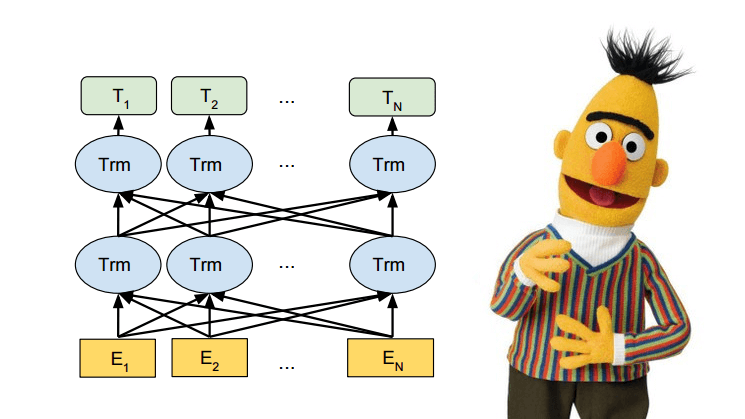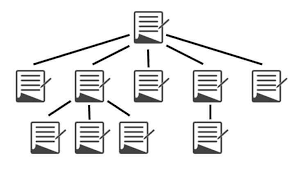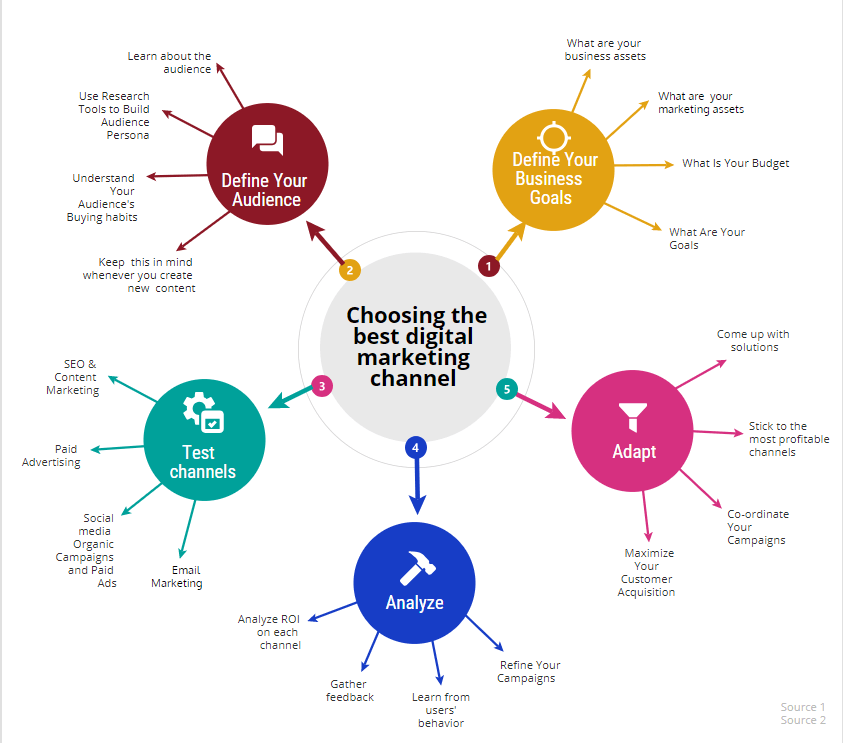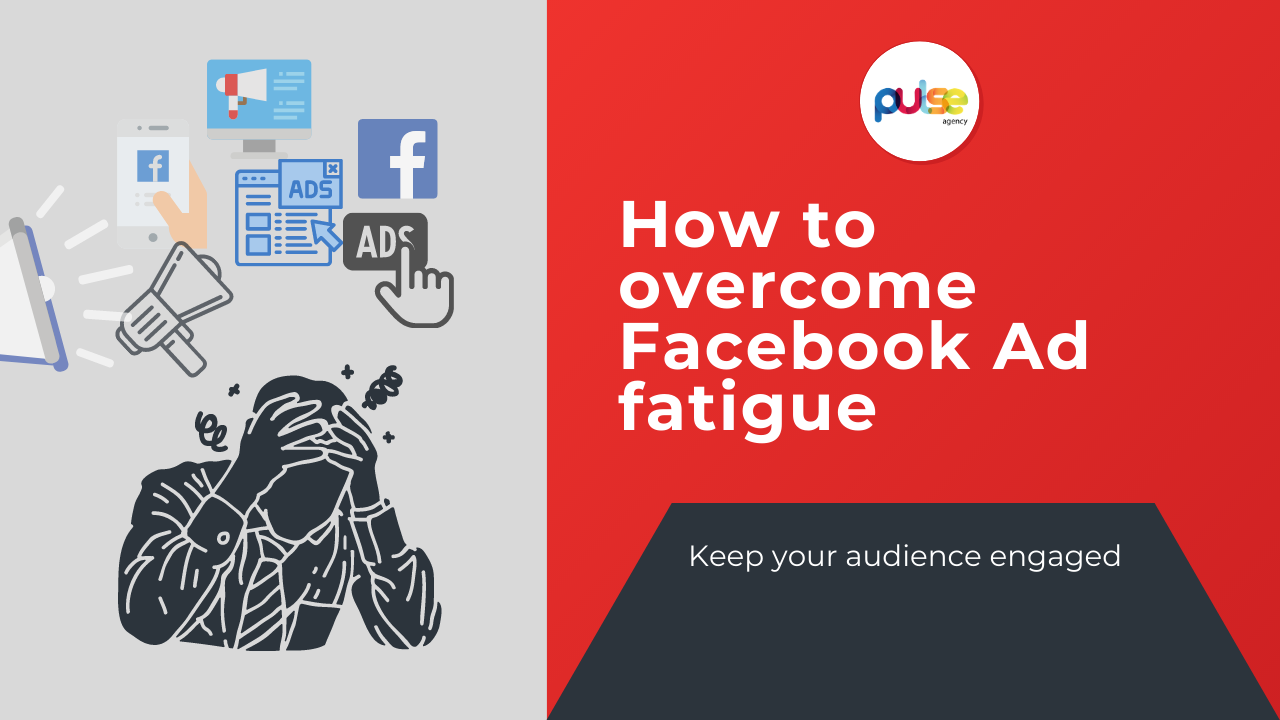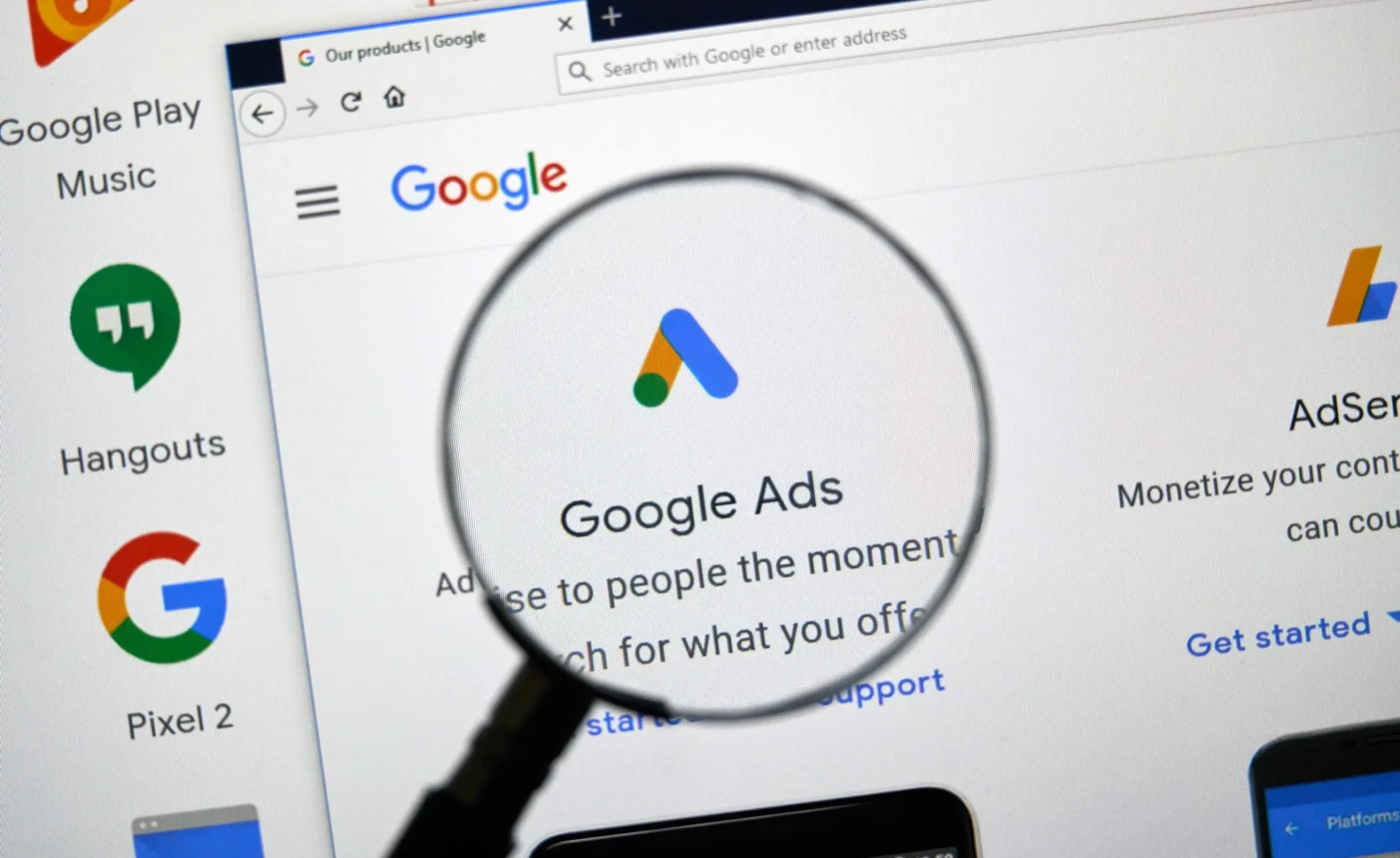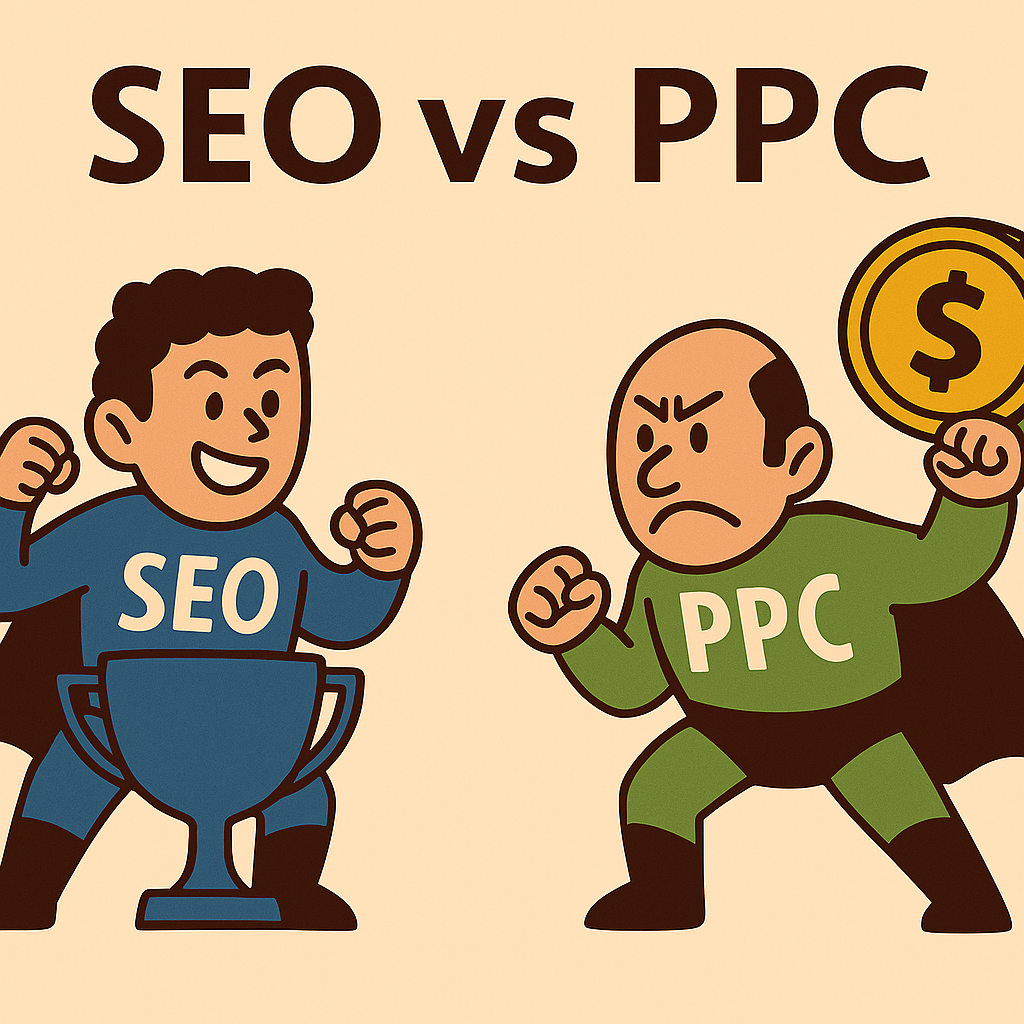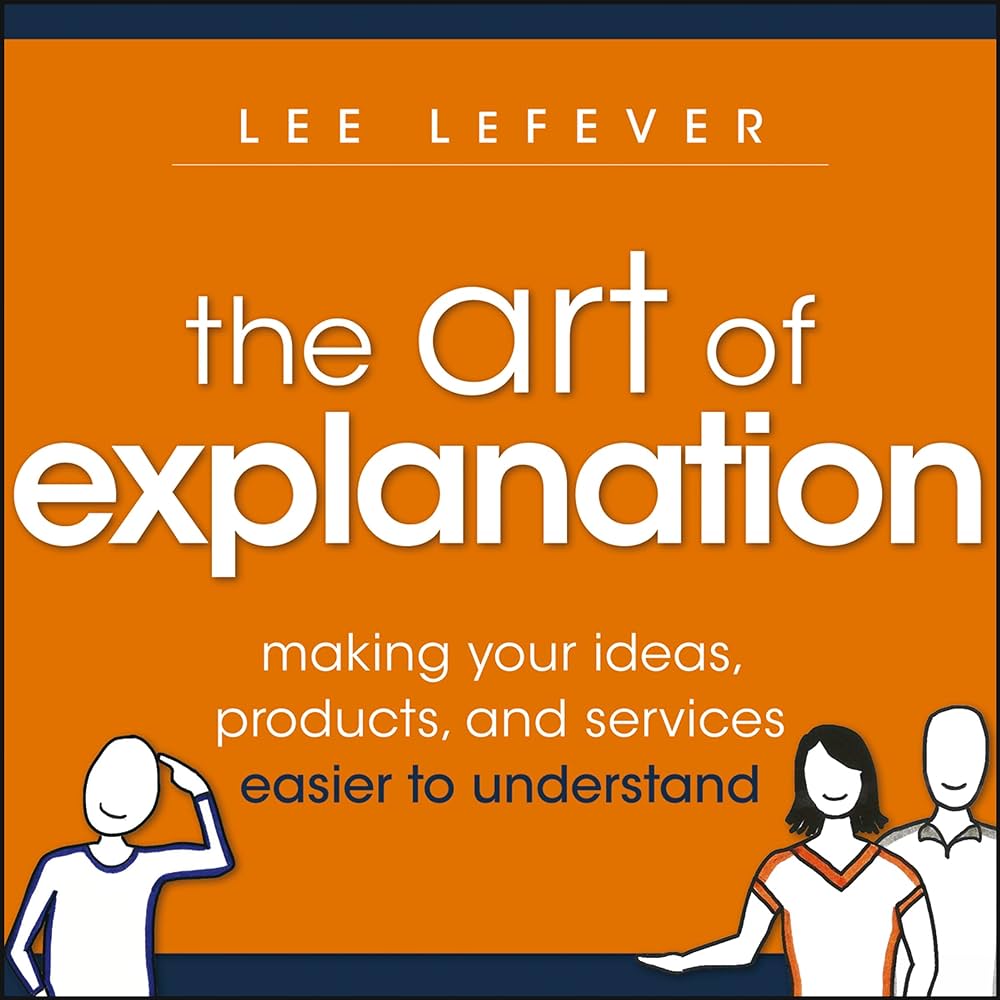
The Art of Explanation: Strategies for Effective Communication
Content Marketing Digital Marketing
Many products and services struggle to gain traction because their owners fail to explain them to prospective users. One of the most underrated yet powerful tools in marketing and sales is the art of adequate explanation. This was a key realization for Lee LeFever, founder of Common Craft and author of the book “The Art […]
Many products and services struggle to gain traction because their owners fail to explain them to prospective users.
One of the most underrated yet powerful tools in marketing and sales is the art of adequate explanation. This was a key realization for Lee LeFever, founder of Common Craft and author of the book “The Art of Explanation: Making Your Ideas, Products, and Services Easier to Understand.”Discovering Common Craft’s Approach
I first encountered the concept of adequate explanation when I stumbled upon a video by Lee and Sachi LeFever in 2010. The video “What is SEO?” used the metaphor of Google as a librarian to make the concept relatable and understandable. Since then, I’ve found their approach incredibly helpful in explaining various topics effectively. However, it wasn’t until a few years later that I truly dove into LeFever’s methods by reading his book “The Art of Explanation.
” As someone who has often struggled to communicate complex ideas in a clear, engaging way, this book was a revelation.LeFever’s insights into the “Curse of Knowledge” immediately resonated – I recognized how my subject matter expertise could close my eyes to the perspective of those just learning a topic. His systematic “A-Z” approach showed me a path to bridge that knowledge gap. From then on, I began consciously implementing LeFever’s strategies into my content and presentations, such as simplification, analogies, visuals, and storytelling. The results were transformative in keeping audiences engaged and helping them grasp even the most complex subjects. What started as an “aha” moment from a single video ultimately inspired a new way of communicating that has benefited me professionally and personally immensely. “The Art of Explanation” is now a resource I consistently revisit to hone my skills as an effective “explainer.”
The Curse of Knowledge
One central idea LeFever explores is the “Curse of Knowledge” – the cognitive bias where we struggle to share our understanding of something we know well because we can’t relate to the perspective of someone just learning about it. As he explains:
The problem is that once we know something, it becomes hard to imagine not knowing it. Our knowledge has cursed us, and sharing our understanding with others becomes difficult.
This curse often hinders people from effectively marketing their expertise, products or services to those unfamiliar with the subject matter. Overcoming It with the A-Z System
To conquer the curse of knowledge, LeFever advocates using the “A-Z System” – a series of logical, understandable steps that take someone from knowing nothing about a topic (A) to grasping it fully (Z).
The key is breaking down the subject into basic building blocks, using plain language and analogies that resonate with your audience’s existing knowledge. Only then can you layer on more advanced concepts in manageable increments.
For example, in their classic video explaining “Social Networking in Plain English”, Common Craft uses the metaphor of a neighbourhood community: “Just like in a real community, social networking allows you to share interests, trade stories and stay informed about what’s happening…Social networks are like a neighbourhood online.”Powerful Metaphors in Action
One of LeFever’s most effective techniques is using metaphors and analogies to make abstract concepts concrete and relatable. Here are some examples from Common Craft’s popular videos:
Explaining SEO
In the classic video “What is SEO?”, Google is likened to a librarian organizing and curating a website to make it easier for search engines to find and index. This simple metaphor illustrates the importance of keywords, backlinks, and other optimization factors.
These metaphors take highly technical topics and make them instantly understandable by connecting them to familiar real-world concepts everyone can relate to – libraries, neighbourhoods, and highways. LeFever’s ability to simplify complexity through such apt analogies is a hallmark of his approach. Becoming a Better Explainer LeFever emphasizes that becoming a skilled “explainer” requires continual practice, iteration and seeking feedback to refine your approach. Applying the Lessons Here are some examples: When explaining the value of SEO services to clients, I use the analogy of LeBron James trying to win games single-handedly versus having an all-star supporting cast. A well-optimised website is like the star player, but you need a whole team (quality content, backlinks, etc.) to achieve championship status in search rankings. For a digital marketing workshop, I incorporated storytelling by personifying different marketing channels (like “Samuel Social Media” and “Priscilla PPC”) to explain their roles and how they work together as a unified strategy. I also created a simple animation visualizing the consumer decision journey as a cyclical path from awareness to purchase and advocacy. This graphic has helped clients understand the importance of a full-funnel marketing approach. A Powerful Communication Framework Overall, “The Art of Explanation” provides an insightful, actionable framework for enhancing communication abilities that I’ve found invaluable professionally and personally.LeFever’s emphasis on context, connection, simplification, storytelling, analogies and visuals has elevated my ability to explain complex topics in a way that resonates with audiences. It’s an essential read for anyone looking to become a more skilled and effective communicator. You can view Lee LeFever’s The Long Lost Art of Explanation at Ignite Seatle here: And explore Common Craft’s extensive library of explanation videos and resources at https://www.commoncraft.com/(Please note: Neither Pulse Agency nor the author is affiliated with Common Craft. We admire their work!)
Explaining Social Networks
To explain social networking, LeFever uses the metaphor of a neighbourhood community in the video “Social Networking in Plain English”: “Just like in a real community, social networking allows you to share interests, trade stories and stay informed about what’s happening…Social networks are like a neighbourhood online.”
Explaining Net Neutrality
In the video “Net Neutrality Explained”, LeFever employs a highway analogy to illustrate this complex concept. He compares the internet to a highway where all data (cars) should flow at equal speeds without privileged “fast lanes”.
Throughout the book, LeFever provides numerous practical tips for enhancing your explanation abilities: Tips for Becoming a Better Explainer.
Since reading “The Art of Explanation”, I’ve made a concerted effort to implement LeFever’s strategies in my content and presentations.






